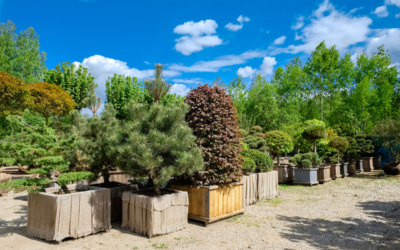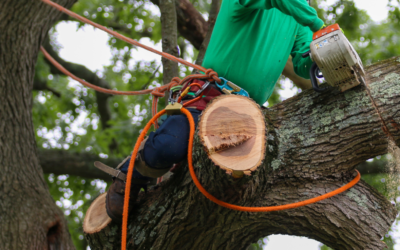As urban living becomes increasingly crowded, finding space for gardening can be a challenge. That’s why more and more people are looking up instead of out for room to plant. If your building has a flat area of roof, that can be a perfect location for a growing area that’s much larger than a cramped balcony or patio. But building a rooftop garden isn’t as simple as hauling up a few pots for plants. Planning ahead can save costly and dangerous mistakes and save you from some serious liability issues. Here are some things to consider.
Build for Strength
Roofs are engineered carry a lot of weight from accumulated snow, but that snow will come whether you have a terrace up there or not. So it’s important to know that the roof is strong enough to hold the extra weight of plants, people, and furnishings and that your rooftop terrace will drain properly during rain and snow. Only an engineer or architect can tell you for sure, so consult one before adding a deck to your roof. You will probably need a building permit, too. Save yourself a lot of hassle and expense by consulting with pros before starting your project.
Build for Safety
You don’t want you or your guests falling off the roof, so be sure to add sturdy safety railing if your terrace will be near the roof’s edge. Winds are much stronger at rooftop level, so make sure everything up there will withstand the forces of nature. That includes anchoring furniture and planters and securely storing everything else when not in use. That chaise longue or portable grill can become a missile, and you’re liable for any damage it causes.
Build for Convenience
If you’re going to have live vegetation on your rooftop terrace, it will need water—maybe lots of water since sun and winds will dry outplants much quicker than in a sheltered area. Having a convenient source of water beats lugging cans up a flight or two of stairs. Especially since your plants may need watering every day, or even more during a long hot and dry spell.
A storage bench, bin or shed will let you hide gardening tools and secure loose items nearby. If you plan to bring potted plants in for the winter, be sure doors and hallways will accommodate them after a summer’s growth and their containers aren’t too heavy to handle.
Choose Your Plants Carefully
Rooftop plants are exposed to much harsher conditions than many ground level or balcony settings. They get full, bright sun all day and are more exposed to the elements. Taller plants will benefit from wind shields.
- Tall perennials like trees and shrubs need a lot of soil for root development and insulation. That means large, deep planters that are very heavy, especially when watered. Make sure your roof will carry the weight. They also need drainage holes, so be sure the water carries away to a gutter or drain to avoid damage to the roof and decking. Large pots and planters may benefit from winter insulation, but Colorado winters can be brutal, especially up on the roof.
- Low-growing perennials and vines may adapt to rooftop gardens and may not require as much soil and maintenance as trees and shrubs. An ivy-covered arbor or tall ornamental grasses can add beauty while providing privacy, shade and wind screens. Some varieties of cactus are winter-hardy, too. Just remember that many perennials’ roots still need protection from hard freezes.
- Annual flowers and vegetables are well suited to rooftop gardens. The flowering plants are colorful, get along in smaller planter boxes and containers, and don’t need to survive harsh winter conditions. Annual vegetables may do well in rooftop gardens, too, as long as they’re full-sun varieties. More delicate plants will need shading to thrive.
Seek Expert Help for Maximum Enjoyment
A rooftop garden can be a delightful outdoor living space as long as it’s well designed and plants are carefully chosen. Consult a construction professional before starting and let a nursery or arborist know your plans so they can help you select the plants that will thrive on your rooftop retreat.
If you need a helping hand, let Donovan Arborists step in. We’re committed to maintaining and protecting Colorado’s natural beauty and health in accordance with the best practices of urban forestry, whether on the ground or high above it. We use environmentally friendly practices and a holistic approach, focusing on the greater picture of the tree, its surroundings, soil, water, climate and light exposure to create optimal outdoor environments for your plants to thrive. Call us today for a free estimate!




